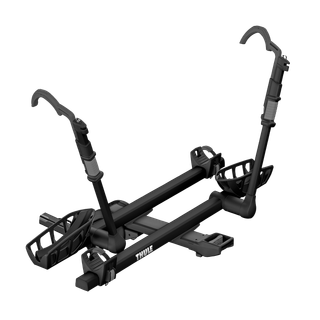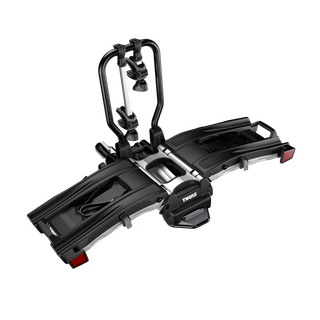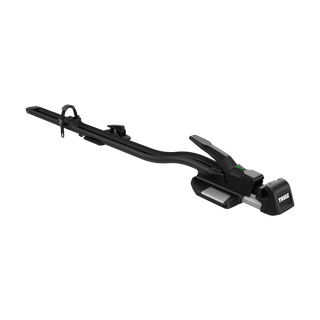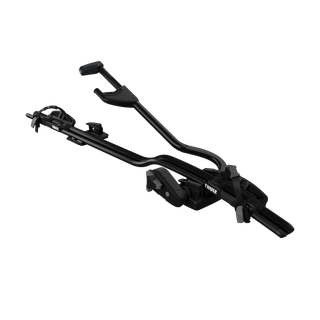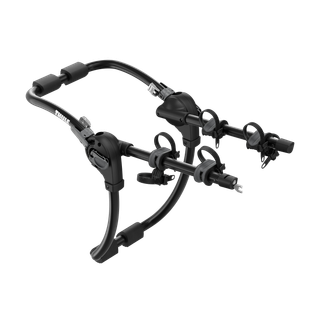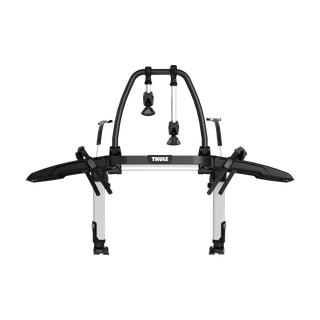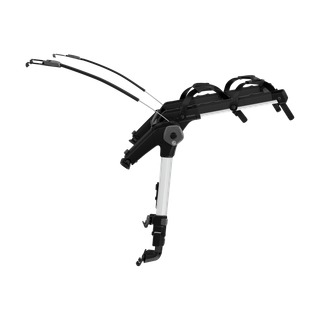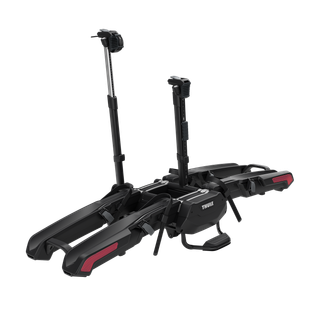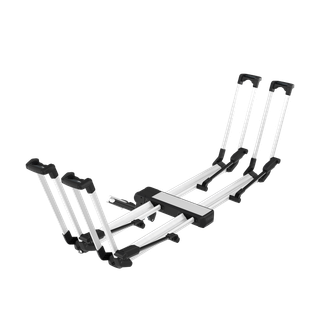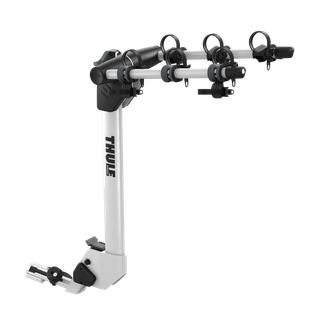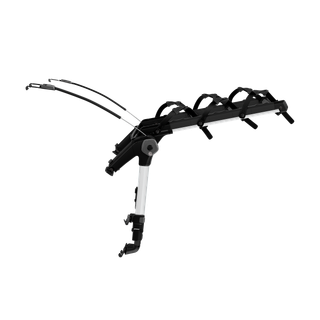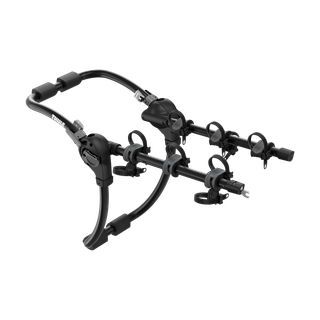A guide on how to choose the best bike rack for your car, number of bikes and bike styles.
If you want to be free, explore the unknown, and bike on distant roads, you need a bike rack to get you there. We know that everyone's needs are unique, and that different bike styles and different car models require different bike rack solutions. That’s why we have written this guide – to help you choose a bike carrier that fits your needs without compromise.








